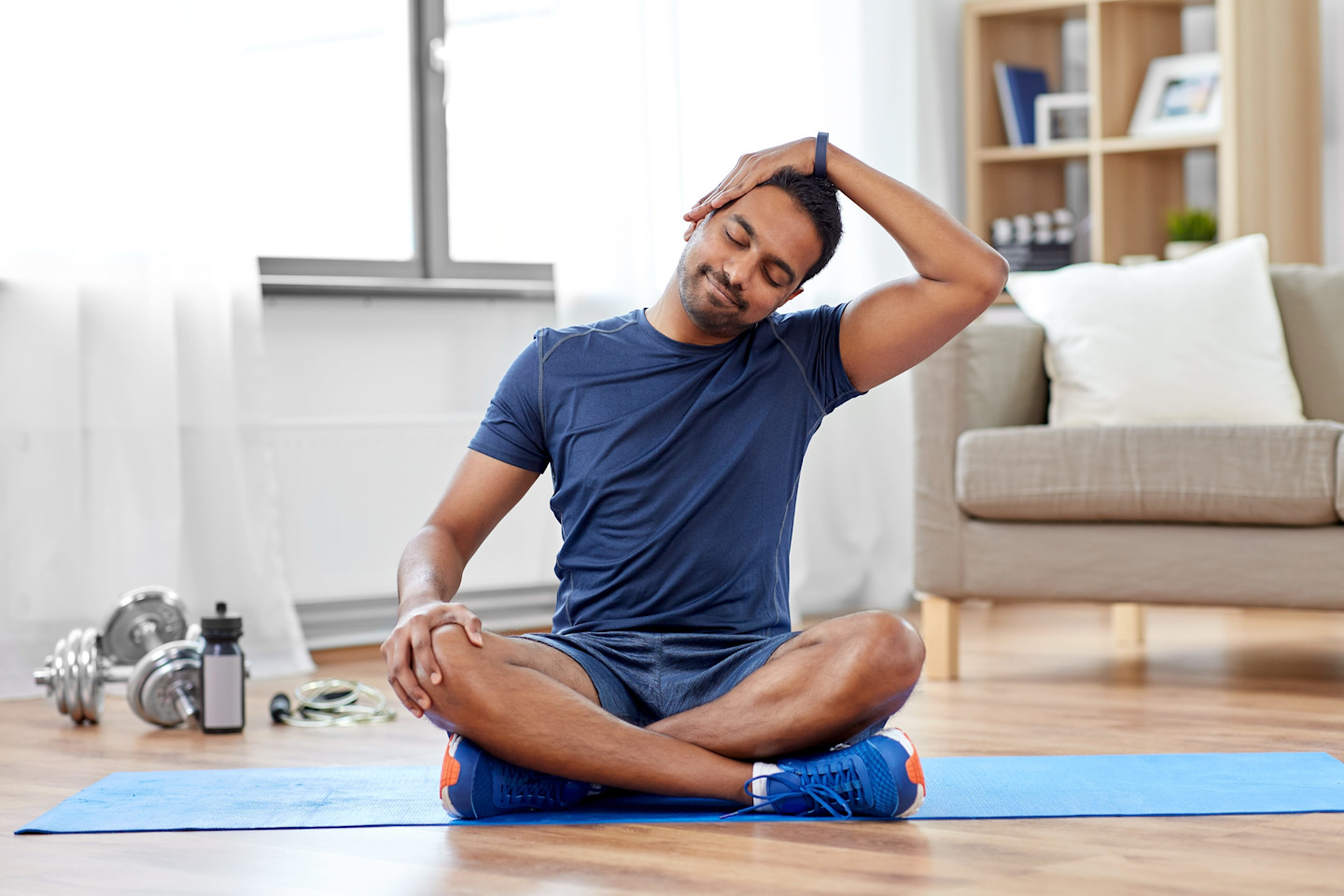6 estiramientos que el fisioterapeuta dice que debes probar si tienes dolor de cuello
El estiramiento puede ayudar a aumentar el flujo sanguíneo, reducir la rigidez, mejorar la flexibilidad y relajar los músculos. Alivie tu dolor de cuello con estos estiramientos recomendados por PT.
$0 costo para usted
Última actualización: Mar 28, 2025
El índice
Fully covered neck pain relief
Find relief from neck pain, a pinched nerve, tech neck, & more.
Check if I'm eligibleStretches for neck pain
¿Quieres atención de expertos? Consulta si estás cubierto por nuestro programa gratuito →- Inclinación de la cabeza sentada
- Giro de cabeza
- Apriete escapular
- Relojes escapulares
- Gato, vaca
- Rotación de libros abiertos
